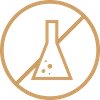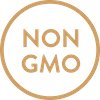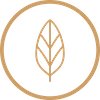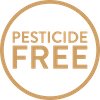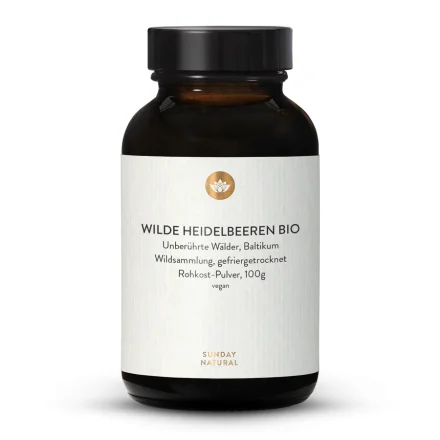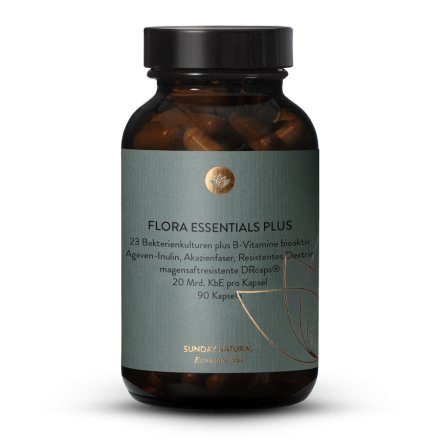Wheat grass and barley grass
Wheat grass and barley grass are among nature's most powerful superfoods and refer to the young, still green shoots of cereal plants, which belong to the sweet grass family. The green shoots, which later develop into the typical cereal stalks, already contain the full range of valuable ingredients that the grain needs to grow. They are also what give cereal grasses - such as wheat and barley grass - a special position among natural foods as absolute superfoods. The use of wheatgrass goes back thousands of years.
Spirulina platensis
Spirulina platensis (Arthrospira platensis) is a cyanobacterium that was previously also known as blue-green algae. It originally comes from Central and East Africa and is now found in Central America as well as the rest of Africa. This algae has been used for hundreds of years. It is known for its extraordinary nutrient density and also serves as a primary food source for flamingos. The algae develops different phenotypes and nutrient densities depending on the environment and water quality. Spirulina platensis prefers alkaline and salty waters for its growth. Under optimal conditions, it reproduces extremely quickly. Today it is cultivated not only in salty seas such as the Pacific but also in artificial water farms and in fresh water.
AFA
AFA is a single-celled, blue-green microalgae (Aphanizomenon flos-aquae, Latin for "invisible flower of the water"), which can also be regarded as a type of cyanobacteria ("blue-green algae"). It grows only in the wild in lakes and ponds, especially in the deepest and pristine waters of Klamath Lake in the United States.
Due to its uniquely broad spectrum of typical ingredients, it is known as one of the richest superfood algae. In addition, AFA algae is rich in valuable phytochemicals such as chlorophyll and phycocyanin, which make up its typical dark blue-green color.
















